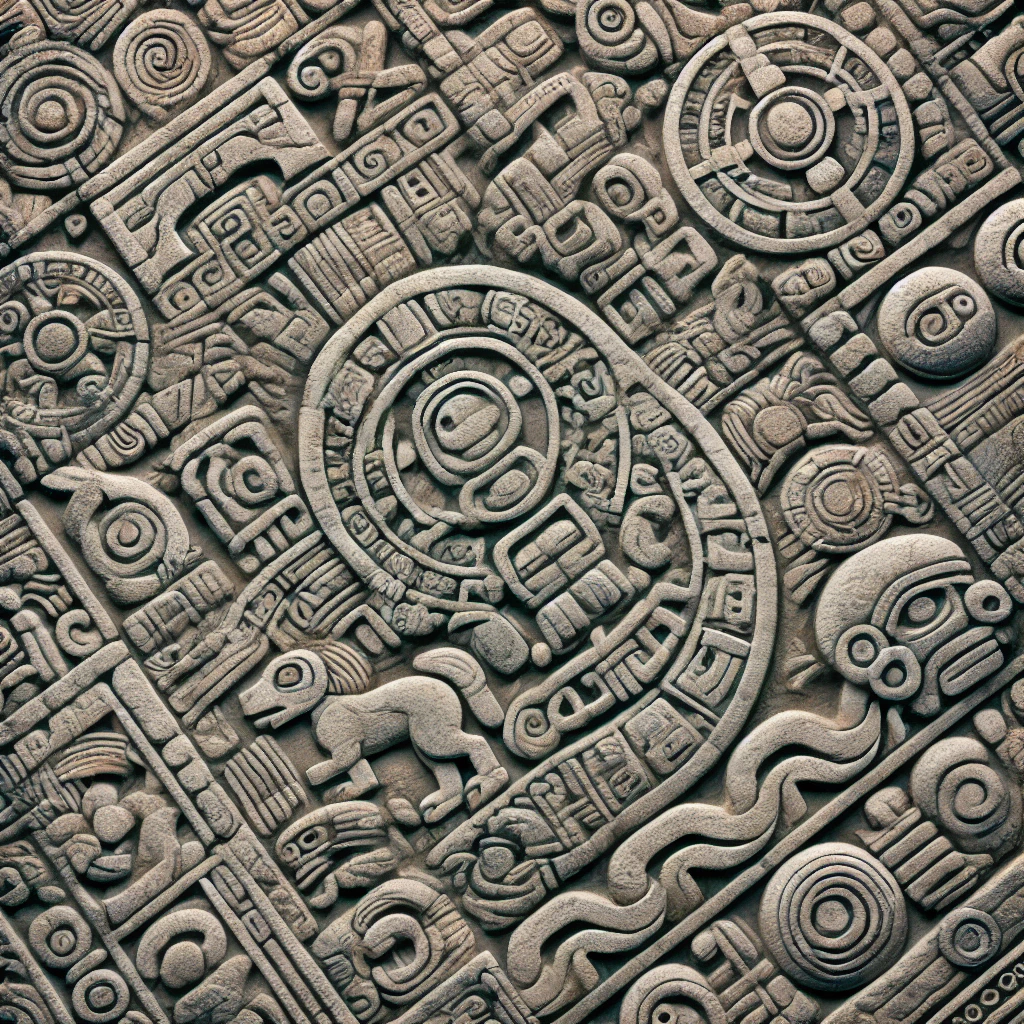In a groundbreaking discovery, artificial intelligence has identified hundreds of previously unknown Nazca geoglyphs etched into the desert plains of southern Peru. These mysterious drawings, known as Nazca lines, have fascinated archaeologists for decades, and the newly discovered figures add a fresh chapter to the history of this ancient civilization.
The Power of AI in Archaeology
Researchers from Yamagata University in Japan collaborated with Peruvian archaeologists to apply AI-driven technology to satellite imagery and drone footage of the Nazca desert. The AI system, trained to detect patterns in the earth’s surface, scanned thousands of images, rapidly identifying geometric shapes, animal figures, and human-like forms not previously documented by traditional methods.
“We are thrilled by the scale of this discovery,” said Professor Masato Sakai, the lead archaeologist on the project. “AI has allowed us to locate these new geoglyphs far more quickly and accurately than human observation alone could achieve.”
The use of AI in archaeology is revolutionizing the field, making it possible to detect faint lines and shapes that have been obscured by time, erosion, and environmental factors. This technology has enabled the discovery of over 300 new geoglyphs, bringing the total number of known Nazca lines to over 1,500.
What Do the New Drawings Show?
The newly identified geoglyphs are similar in style to the previously known Nazca lines, depicting stylized animals, birds, and abstract shapes. One of the most striking discoveries is a large drawing of a cat, stretching over 30 meters across the desert floor. Other newly revealed figures include what appears to be a snake, a condor, and several intricate geometric patterns.
“These geoglyphs offer a deeper glimpse into the Nazca culture and its connection to the landscape,” said Peruvian archaeologist Dr. Jose Luis López. “The purpose of these drawings remains one of the greatest mysteries, but the discovery of more figures gives us new material to analyze and interpret.”
The Nazca lines are believed to have been created between 500 BC and 500 AD by the Nazca people, though their exact purpose is still debated. Some researchers believe the lines were part of religious or astronomical rituals, while others speculate they served as markers for water sources or were meant to be seen by deities from the sky.
AI’s Role in Future Discoveries
AI’s success in identifying new Nazca lines could open the door to similar applications in other archaeological sites around the world. From ancient cities hidden beneath jungles to burial sites long lost in the sands, AI’s ability to process large amounts of data and detect subtle patterns is proving invaluable to archaeologists.
“Artificial intelligence is reshaping how we explore the past,” said Dr. López. “What took decades of human research can now be done in a matter of months. This is only the beginning of what we can achieve with AI.”
The Peruvian government and international organizations are working to protect these newly discovered geoglyphs, ensuring they remain preserved for future generations and further study. The Nazca lines are a UNESCO World Heritage site, and the continued discovery of new drawings reaffirms the global importance of this cultural treasure.





